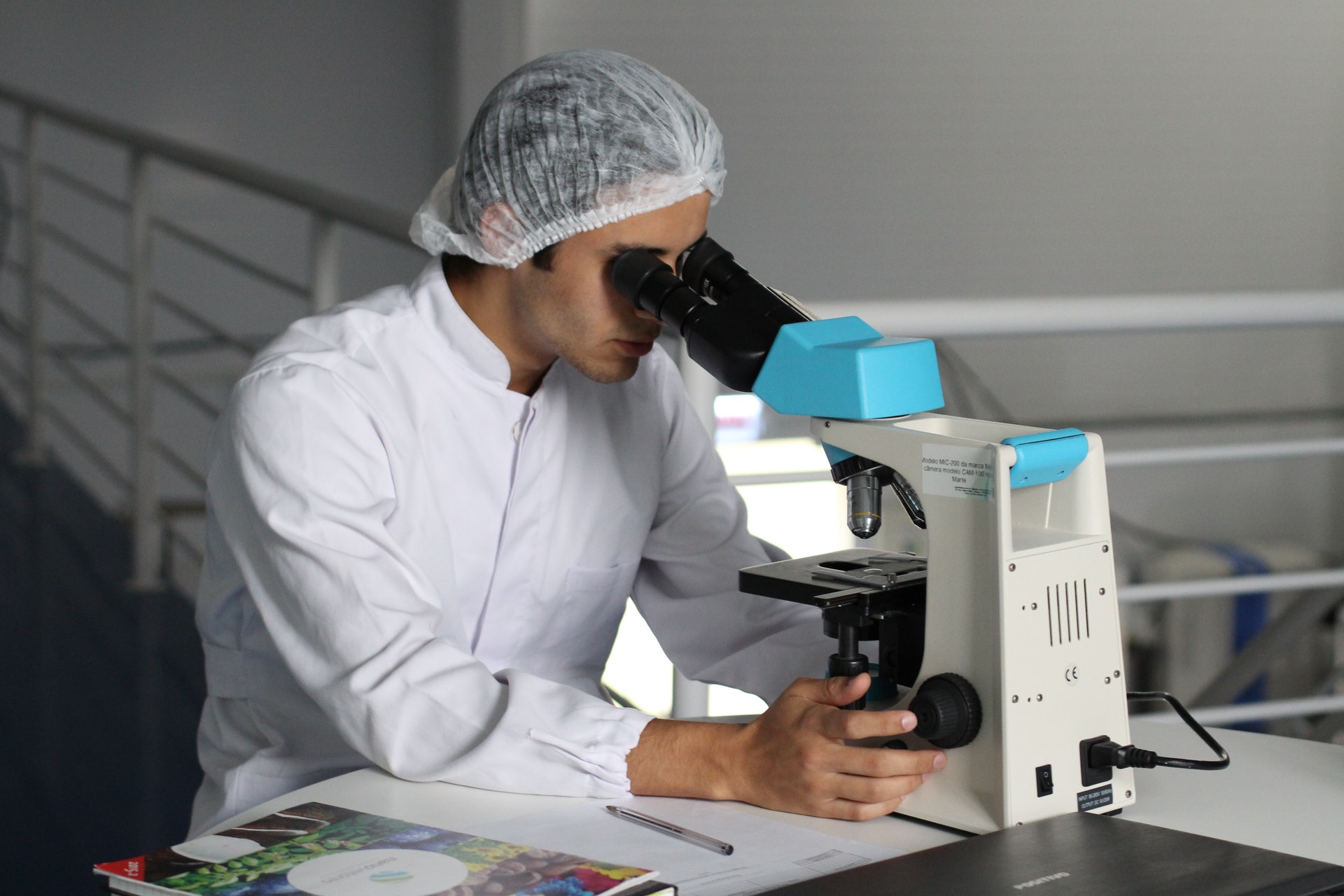Telestroke, also known as stroke telemedicine, involves physicians who have extensive training in treating strokes. These doctors are also trained to treat people who suffered from strokes in another location by using various forms of technology. These physicians work with the local emergency medicine doctors treating the patient in person and offer insight into proper diagnosis and treatment.
Patients and doctors communicate with internet telecommunications, video cameras, tablets, smartphones, and even robotic telepresence. Stroke telemedicine such as the products and services operates on a site system. A metropolitan medical center, usually a certified comprehensive stroke center, is the primary medical center, also known as the distant site. Smaller hospitals often serve as the originating site.
Several people have to work together as a team in Telestroke. These professionals include the program manager, the neurosurgeons, radiologists, vascular neurologists, and clinical coordinators are part of the team as well. Researchers, nurses, and radiology technicians also work with the team to provide the best possible treatment to patients in a timely manner.
In Telestroke, your physician and the doctor who is trained to treat your stroke at the distant site will work as a team to provide you with the best care at your local hospital. This lowers the chances that you’ll have to go to another medical center for treatment.
1. More Efficient Care
Stroke telemedicine makes it easier for you to receive the quality care you need for your stroke in your own community. This can put your mind at ease, especially if you’re familiar with your local hospital system and medical staff.
2. The Right Medication
When your treatment team is able to offer a prompt diagnosis and the most effective treatment, including clot-dissolving treatments (thrombolytics), you’ll receive the medicine or therapy you need quickly which will lower the chances that you’ll suffer from a stroke-related permanent disability.
In order for the treatments to be effective, clot-dissolving medicine is administered intravenously. These medications must be given no more than four and a half hours after you experience symptoms of a stroke. Within 24 hours of a stroke, your medical team can consider clot-dissolving procedures. However, these procedures will require you to be transported from the originating hospital to the distant site.
3. A Thorough Consultation
In a Telestroke consultation, an emergency medicine doctor at your local hospital (the originating site) will assess your symptoms. If your physician thinks you’ve had an acute stroke, they will activate the Telestroke hotline which has a paging system and on-call stroke experts available 24 hours a day. The on-call doctor for the distant site will usually respond in about five minutes.
You’ll receive a CT scan at the originating medical facility, and the physician at the distant site will have a consultation with you in real-time so you can hear, see, and speak with the doctor. Your stroke specialist will also review your test results and discuss your medical history with you to determine whether certain conditions increase your chances of having subsequent strokes.
4. Ongoing Care
You’ll then receive an evaluation and work with your Telestroke doctor to determine the best treatment. The treatment recommendations are then sent electronically to your originating hospital so you can go over the plan with your regional doctor.
Stroke telemedicine is a viable solution for stroke patients and can increase the chances that you’ll receive the care you need in a timely manner to save your life and reduce disability.




